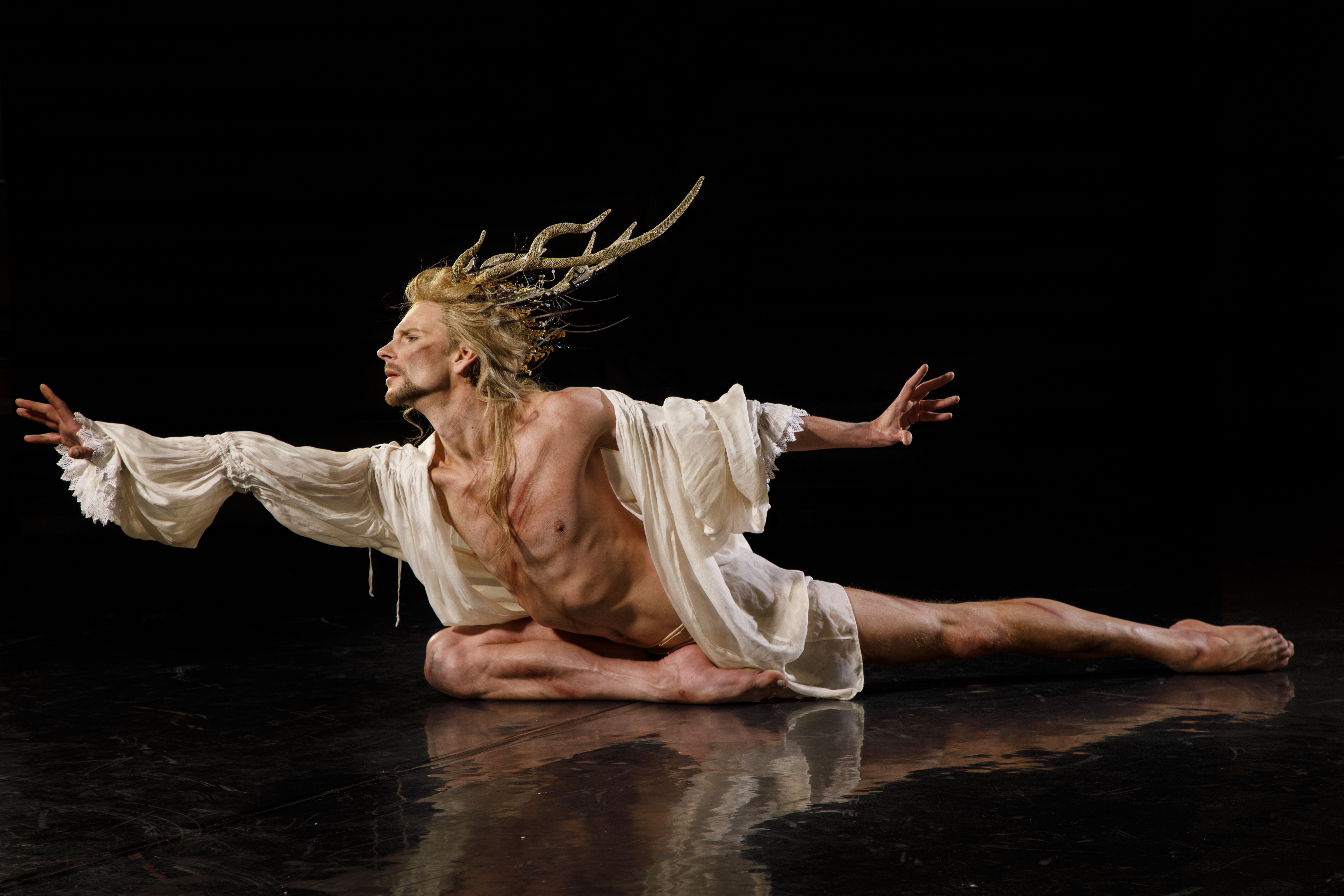CHICAGO — The Harris Theater’s 15th anniversary season is in high gear, with a successful run from Miami City Ballet last weekend and, through Saturday afternoon, the Chicago debut of Opera Atelier.
Miami City’s engagement marked the true end of Michael Tiknis’ tenure as President at the Harris; although he left the post in 2016, last week’s program was the last of Tiknis’ projects, and the finale to the Harris’ inaugural choreographer-in-residence program.
A week later, Opera Atelier comes to the Harris as the first evening curated by current President and CEO Patricia Barretto, who took over the role in 2017 after working on the executive staff for two years.
It is perhaps not a coincidence that her first move as curator would be to bring Toronto’s Opera Atelier, an organization she led for six years prior to coming to the Harris. And no expense was spared in bringing the opera company and members of the world-renowned Tafelmusik Baroque Orchestra to Chicago — more than 70 people in all.
Under the baton of David Fallis, the orchestra was suspended just below the stage in the orchestra pit, raised half-way, with a Chicago-based choir, harpsichord, and two theorbo players (a large, guitar-type instrument that is part of the lute family) situated as stage level on the sides. Theorbo and other baroque-era instruments including recorder, wooden oboes and bassoons, and antique drums are employed, a stark contrast to the Harris, an ultra-modern and relatively unadorned space.
Despite the dichotomy, the space is a surprisingly ideal backdrop for Opera Atelier and Tafelmusik, who together reconstruct and perform centuries-old works. And the Harris’ excellent acoustics allow for the vocalists and musicians to perform without amplification — an added bonus.

On tap this week is a bill of two one-act baroque operas, Marc-Antoine Charpentier’s Actéon (1684) and Jean-Phillipe Rameau’s Pygmalion (1748). Though there are aesthetic similarities, in some ways, these two works — which have not, before now, appeared on the same program together — represent a kind of yin/yang: Actéon is the tragedy of the pair, while Pygmalion has a delightfully happy ending. And the title roles, sung by Colin Ainsworth in both, present a sort of “if this, then that” conundrum for the protagonist in each story.
Actéon, a myth found within Ovid’s Metamorphoses, tells the tale of a hunter who yields to his curiosities and desires by encountering Diana and her band of forest nymphs as they bathe in the woods. Hunter becomes hunted as Actéon is transformed into a stag by Diana and killed by his own hounds.
Pygmalion, the eponymous character of another story by the Roman poet Ovid, is a sculptor who falls in love with his creation, and surprisingly, they live happily ever after. Pygmalion praises Aphrodite, goddess of love, who transforms the statue of his desires into a woman, and they marry. It’s bizarre, to be sure: obsess over a statue and your wish, the ideal woman (according to you), will be yours. The lesson perhaps is about faithfulness and devotion to finding true love, with some leeway given to a story written hundreds of years ago. Modern interpretations of Pygmalion talk of self-fulfilling prophecies, and that something one wishes to be true can become so — the “If you build it, they will come” defense, or American ideals of one “pulling oneself up by the bootstraps.” So the happy ending isn’t so out of place, I guess.
As a dance fan, I find this company fascinating. These works would have first been performed in the French courts, and choreographer Jeannette Lajeuness-Zingg keeps the dances about as close to original as it gets despite incorporating modern production elements in the lighting and scenery. The women wear ankle length gowns and heeled shoes, with the majority of the dancing performed by feet and arms. (Bustles, corsets, and waistcoats seriously influenced the types of movement performed in those days.)
It’s a history lesson on the very origins of ballet; indeed, King Louis XIV of France was the royal who commissioned Actéon from Charpentier. Balletomanes will recognize Louis XIV as the “Sun King,” his court often given credit as the birthplace of ballet. And looking at the two operas side-by-side is a unique opportunity to see an early evolution of ballet, with Pygmalion commissioned by the Sun King’s predecessor, Louis XV. The latter employs copious amounts of buoyant petit allegro; imagine, in 1748, French aristocrats ooo-ing and awe-ing at the first ever brisé volé.
And yet, even these hyper-traditional elements don’t feel too terribly stodgy or deliberately dated. These are works that seem to, somehow, still radiate with vibrant currency and feel surprisingly fresh, compared even to works created 200 years later, ones which we would call classics.
—
Opera Atelier performs Actéon and Pygmalion tonight, 7:30 p.m. at the Harris Theater for Music and Dance, 205 E. Randolph Dr.; Tickets are $35-135, available at harristheaterchicago.org. The company is also performing an educational family-friendly matinee called “Making an Opera,” 2:00 p.m. Saturday with tickets beginning at $18.
